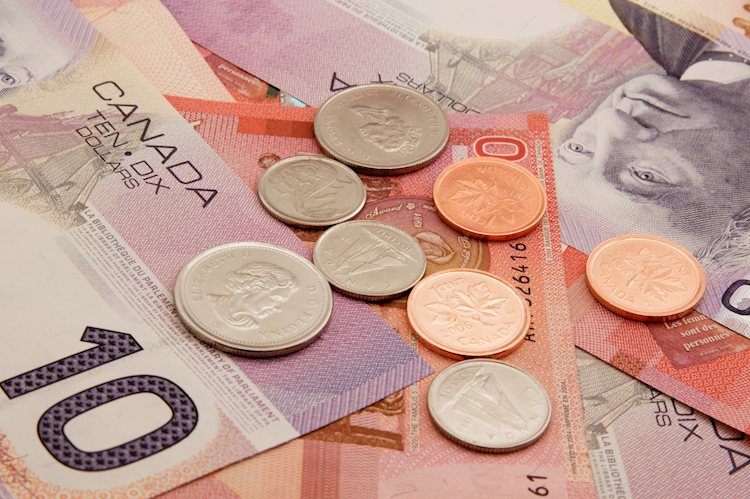The USD/CAD pair has been taking a breather after a recent rally to its highest level since August 6, hovering around the 1.3830 region in the Asian session on Tuesday. The recent strength in the USD has been a driving factor behind the pair’s upward momentum, supported by a decline in Oil prices. Additionally, expectations for a larger rate cut by the Bank of Canada have further bolstered the near-term positive outlook for the pair.
Crude Oil prices have been struggling to gain momentum due to concerns over slowing demand and a prolonged economic downturn in China, the world’s largest importer of Oil. This, coupled with speculations for a 50 bps rate cut by the Bank of Canada following softer domestic consumer inflation figures, has weighed on the commodity-linked Canadian Dollar (CAD). The strong bullish sentiment surrounding the USD has also contributed to the pair’s upside movement.
The recent upbeat macroeconomic data from the US has indicated a resilient economy, giving the Federal Reserve room to hold off on aggressive interest rate cuts. Market expectations for a less dovish policy stance by the Fed have been reaffirmed by comments from influential FOMC members, pushing US Treasury bond yields and the USD Index (DXY) to their highest levels in nearly three months. This has supported the USD’s strength against a basket of currencies, including the CAD.
Furthermore, a shift in global risk sentiment, as reflected in a weaker tone in equity markets, has boosted demand for the safe-haven USD and supported the appreciation of the USD/CAD pair. Traders are now focused on upcoming US data releases, such as the Richmond Manufacturing Index and a speech by Philadelphia Fed President Patrick Harker, which could provide further momentum for the USD. Additionally, movements in Oil prices will also play a role in influencing the direction of the USD/CAD pair.
Key factors driving the value of the Canadian Dollar include the Bank of Canada’s interest rate decisions, the price of Oil, the health of Canada’s economy, inflation, and the Trade Balance. Market sentiment, particularly regarding risk appetite, also plays a significant role, with positive sentiment benefiting the CAD. The US economy, as Canada’s largest trading partner, also influences the value of the Canadian Dollar.
The Bank of Canada plays a crucial role in determining the value of the Canadian Dollar through interest rate decisions, which impact borrowing rates for individuals and businesses. Higher interest rates are generally positive for the CAD, while quantitative easing and tightening measures can have varying effects on the currency. The price of Oil, as Canada’s primary export, also has a direct impact on the CAD, with higher Oil prices typically leading to a stronger Canadian Dollar.
Inflation, once considered a negative factor for currencies, now has a positive effect in attracting capital inflows to countries with higher interest rates. Higher inflation rates can prompt central banks to raise interest rates, attracting global investors seeking profitable investments. Macroeconomic data releases, such as GDP, PMIs, and employment figures, provide insights into the health of the Canadian economy and influence the direction of the CAD. A strong economy and positive data typically lead to a stronger Canadian Dollar.











